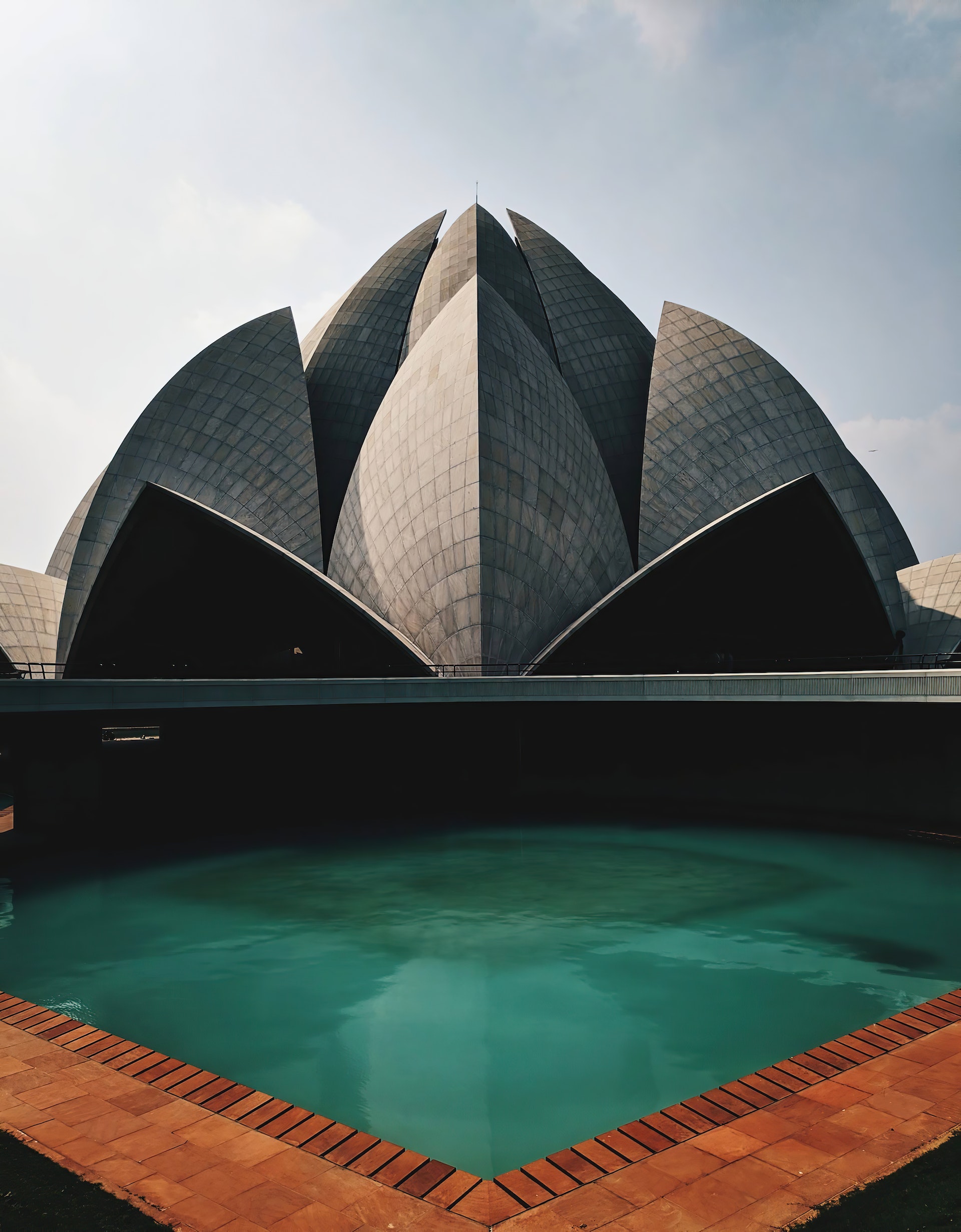While winter is starting to come to a close in many areas, it’s never too early to start preparing for the coming winter, especially if you live in an area that has harsh weather during these months. So although you may be experiencing come warming presently, here are three tips to keep in mind when it comes to winterizing your outdoor property in the future.
Keep Your Pipes Warm And Dry
One of the biggest concerns during the cold of winter for most homeowners is their pipes. When pipes are dry, you don’t usually have to worry about them freezing. But if your pipes have water in them and then that water freezes, you can wind up with some big problems.
To avoid these types of issues, Alaina Tweddale, a contributor to HouseLogic.com, advises that you if you drain and dry your outdoor pipes, like the ones leading to your hoses or irrigation systems, then it’s best to drain them and dry them out before the temperatures get too cold. For the pipes that you can’t entirely drain, the next best thing you can do is to keep those pipes warm. This can be done by adding some plumbing insulation around the pipes or even adding a faucet protector to help keep the cold air from getting into the pipes and making freezing easier.
Check Your Roof And Gutters
Although your roof and gutters are part of your house, it’s easy to forget about these pieces of your property when you’re inside all the time. But as winter approaches, you’ll want to make sure you check out these areas as part of the winterization process.
According to Devon Thorsby, a contributor to the U.S. News and World Report, you’ll want to spend time clearing your roof and gutters of any debris that may have accumulated during the summer and fall. Debris like this can severely hinder your roof’s ability to drain properly, which can result in ice dams forming on your roof. And when this happens, you can have a lot of damage to your property, both inside and outside.
Protect Your Outdoor Equipment
Some of your outdoor equipment you’ll likely use only in the wintertime, like a snow blower. But for the majority of your outdoor equipment, it’s only in the warmer months when they get their use. So to ensure that they’re ready once the world starts to thaw, you’ll want to take some protective measures as winter approaches.
For your lawn mower, hedge trimmer, weed whacker, and other equipment like this, Donna Boyle Schwartz, a contributor to BobVila.com, advises that you drain the oil and gas from the equipment and use some stabilizing fluid instead. Then, be sure you store the equipment where they’ll be kept dry and relatively warm.
If you’re wanting to ensure that you properly winterize your outdoor property next season, consider using the tips mentioned above to help you find the best ways to do so.




